Untitled
1961
Enamel on steel and chromium-plated steel
5½ x 7½ x 2 5/8 inches (14 x 19 x 6.4cm.)
Ex-collection
Estate of Henry Geldzahler.
Anon. sale, Christie’s New York, 8 May 1996, lot 119.
Private Collection, Germany.
Acquired from the above by the present owner.
A tight swirl of brightly colored steel, John Chamberlain’s Untitled of 1961 is an early example of the unique sculptural style for which the artist would become renowned. Transforming salvaged metal into wonderfully abstract intersecting forms and contours, Untitled is a bold abstraction of metal that is as complex as it is beautiful, and bears witness to the artist’s important contribution to both aesthetic and theoretical aspects of mid-twentieth century Modernism.
Presenting itself like an unfurling tube of paint, Chamberlain’s use of crumpled metal of Untitledexhibits many of the dramatic changes that were sweeping through the New York art world during the dramatic post-war period and whose reverberations were felt around the world. Using pieces of metal sourced from the city’s breaker’s yards instead of paint laden brushes, Chamberlain strove to command three-dimensional space just as the Abstract Expressionist’s painterly gestures commanded the canvas. When he moved to New York in the early 1950s, the artist was enthralled with the work of Willem de Kooning and wanted to apply the same speed and freedom that the painter had demonstrated on his canvases to the creation of sculpture. Incorporating salvaged automobile body steel, Chamberlain creates an environment that contains crests and deep folds of metal, producing a surface that is as rich in aesthetic beauty as any heavily impastoed surface of a painting from this period. This stimulus can clearly be seen in Untitled in the use of yellow steel, with sweepings of red, brown and green paint on top. Glints of silver catch the light from beneath the matte paint, adding to the vitality created by the shaping and denting of the metal itself as the harmonious composition maximizes both the volume and the bright hues.
In appropriating these off-cuts of American consumerism and their inherent chromatic and material qualities, the artist was able to create beautiful and undeniably modern sculptures that are both formally intelligent and aesthetically engaging. Harnessing the sculptural power of automotive steel fragments, Chamberlain explored this expressly modern medium with immense formal ingenuity, while simultaneously evoking the automobile’s central role in transforming American society

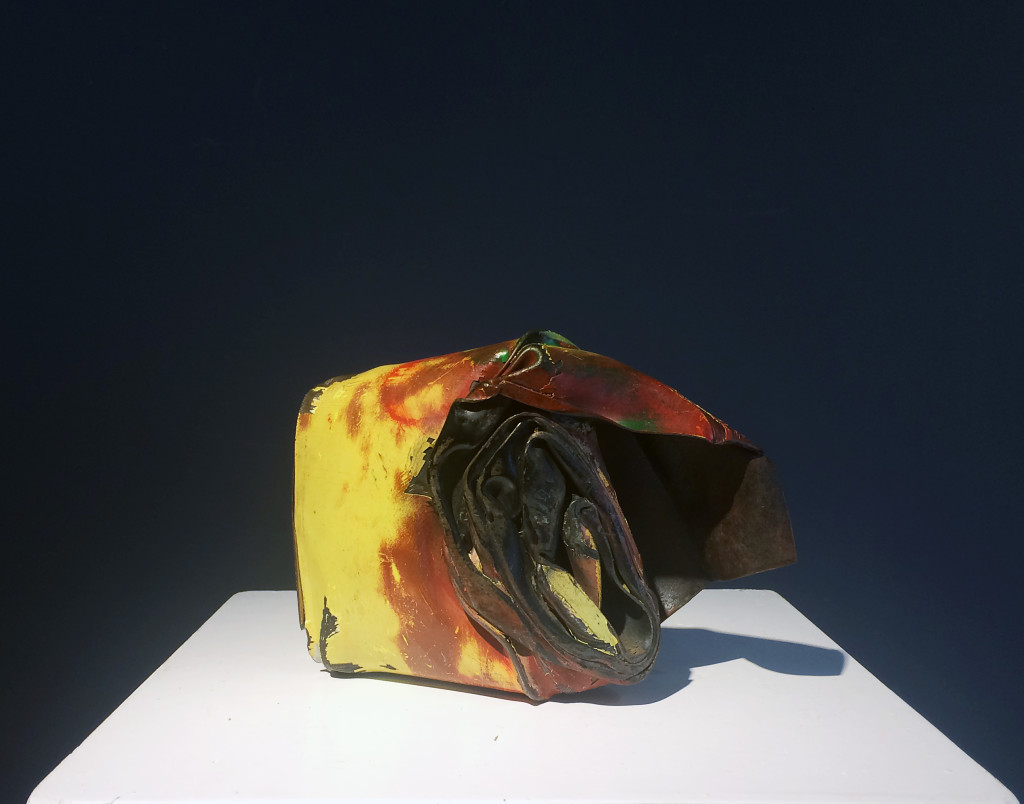
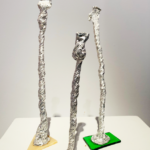 Untitled
Untitled
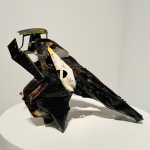 Untitled
Untitled
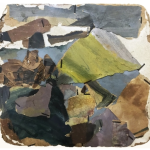 Untitled
Untitled
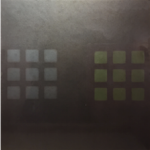 Untitled (sold)
Untitled (sold)
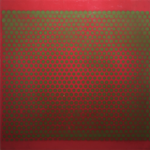 Untitled (sold)
Untitled (sold)
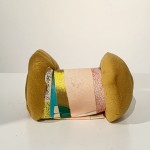 Untitled
Untitled
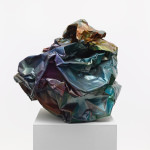 Asarabaca
Asarabaca
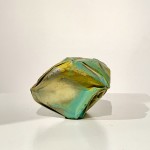 Untitled
Untitled
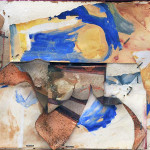 Untitled
Untitled
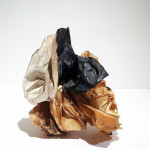 Penthouse
Penthouse
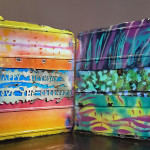 A Birthday Card
A Birthday Card
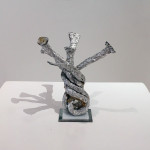 Obligato
Obligato
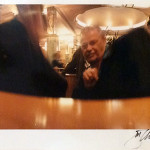 Self Portrait in Paris
Self Portrait in Paris
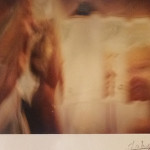 Untitled
Untitled
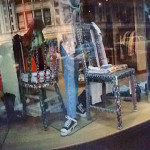 Madison Ave
Madison Ave
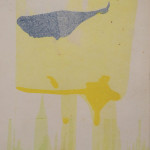 The Blue Whale over Green New York
The Blue Whale over Green New York
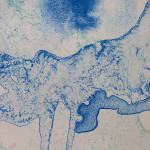 Untitled
Untitled
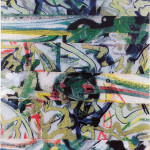 Untitled
Untitled
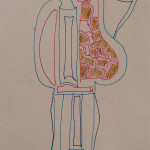 Untitled
Untitled
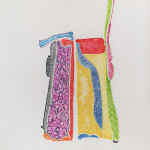 Untitled
Untitled
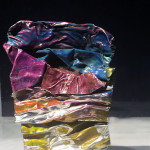 Untitled (Pin)
Untitled (Pin)
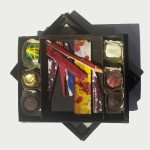 Candy Box (Prototype)
Candy Box (Prototype)
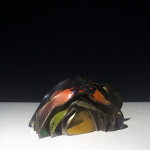 Untitled (Small Crumple)
Untitled (Small Crumple)
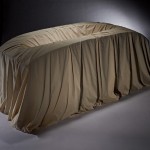 Cradle
Cradle
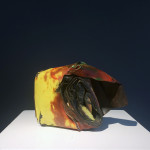 Untitled
Untitled
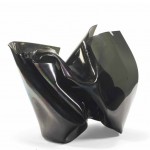 Untitled
Untitled
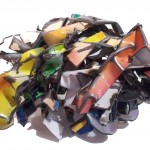 Endowerend Peekaboo
Endowerend Peekaboo
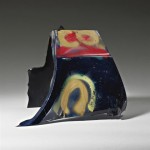 Dancing in the Dark #18
Dancing in the Dark #18
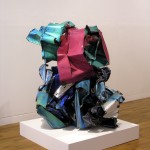 Schizoverbia
Schizoverbia
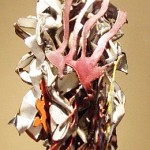 La Giaconda
La Giaconda
 FLYWHEELSONATA
FLYWHEELSONATA
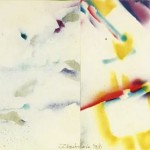 Untitled (diptych)
Untitled (diptych)
 Untitled
Untitled
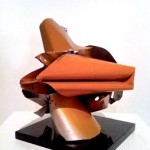 Ignaatz
Ignaatz
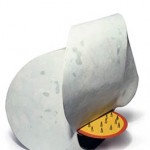 Untitled
Untitled
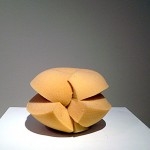 Untitled (FOAM)
Untitled (FOAM)
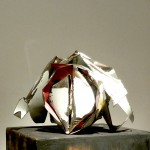 To MR ED from MR JOHN
To MR ED from MR JOHN
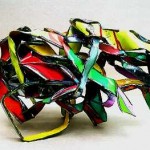 Untitled
Untitled
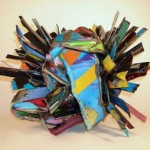 SMILINGKNUCKLES
SMILINGKNUCKLES
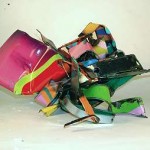 CHESTERFIELDSQUEL
CHESTERFIELDSQUEL
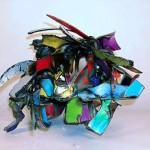 CHINTZGLIMPSE
CHINTZGLIMPSE
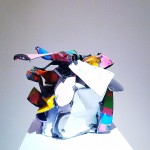 Illegalpinapple
Illegalpinapple